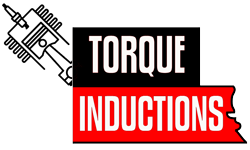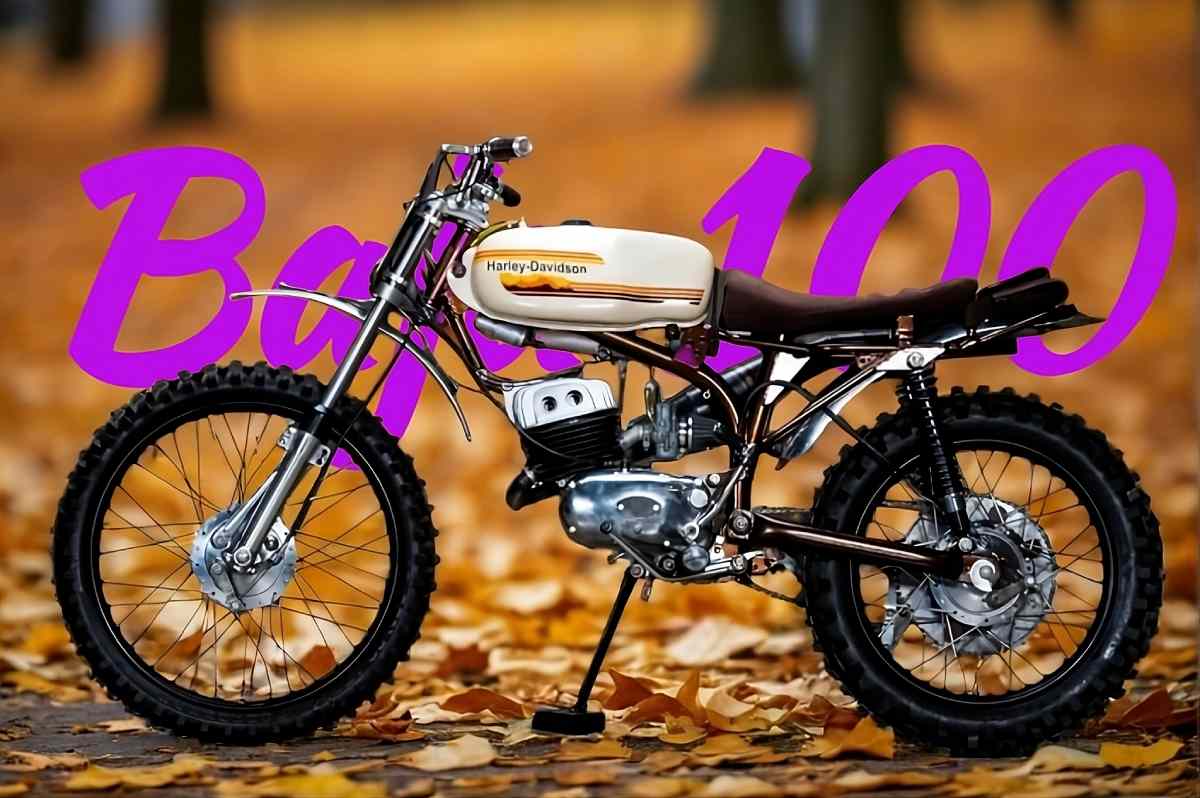- Posted on
- • Classic
Harley-Davidson Baja 100 – Classic Dirt Bike Icon
- Author
-
-

- User
- Torque
- Posts by this author
- Posts by this author
-

Harley-Davidson Baja 100: Trail-Ready 2-Stroke Classic
I only ever saw one in the wild, half-buried in a Tucson shed between a stack of irrigation pipe and a faded Pac-Man arcade cabinet. The owner swore it would fire on the third kick; it fired on the thirtieth, but the noise—half lawn-mower, half tin-can riot—made me grin anyway.
Short history
Because the paperwork is thinner than the brake pads: between 1969 and 1972 Harley shipped a few hundred stripped-down 90 cc two-stroke Aermacchi singles to California, slapped "Baja 100" decals on the tank, and hoped desert rats wouldn't notice the extra 10 cc was mostly marketing. They painted them yellow because, apparently, nothing says "enduro" like a high-visibility banana.
The engine
An air-cooled rotary-valve single—nothing fancy, just a piston the size of a coffee mug and a compression ratio that tolerates anything from pump gas to old lawn-boy mix. The exhaust is a pea-shooter expansion chamber that ends just under the right footpeg; if you wear soft-soled boots you'll feel it spit hot oil every time you chop the throttle.
Frame
Think bicycle. The backbone is so narrow you can hide it behind a two-by-four. Rear shocks look like cast-off pogo sticks, fronts are skinny 30 mm forks that dive harder than a scared armadillo. Dry weight hovers around 85 kg—roughly the same as the rider after a long weekend of tacos.
Specs
Because somebody always asks: 90 cc, give or take a sneeze. Five horses—well, four and a half on a hot day—somewhere around seven grand. Gearbox? Four cogs plus a neutral that only shows up when you're looking for second and the bike's feeling generous. Front hoop's a 19, rear's a 16, both wearing Cheng-Shin knobblies so ancient they snap like stale licorice when you air-down for sand. Brakes are single-leading-shoe drums—basically aluminium suggestions—so I still plan my stops with the soles of my boots.
Ride experience
Ride it and you spend half the time laughing, the other half praying the front wheel lands somewhere soft. Power arrives in one lazy puff, then signs off before you finish spelling "Baja." Corners are negotiated more by hope than steering; the bars are wide enough to clip cactus on both sides at once.
Pros & Cons
Pros: it's light, cheap, and parts bolt straight off a '72 SX125 if you can read Italian casting numbers upside down.
Cons: the tank holds 5 litres if you fill it to the cap—enough for 40 minutes of whoops or three hours of pushing. Also, the side-stand is made from what feels like recycled coat-hanger; mine snapped, so I lean it against fence posts like a tired dog.
Final thoughts
Kick it over on a cold morning and the Baja 100 coughs like an old lawn-boy with bronchitis, then settles into a lumpy idle that smells more like memories than gasoline. Fast? Nope. Rare? Only if you count the number left that still run. Collectible? My bank manager laughed so hard coffee came out his nose. And yet, every time that little yellow mutt spits blue smoke and rattles the barn doors, I'm twelve again—chasing noise, dirt, and the perfectly stupid chance the whole ride ends sideways in the weeds.
Harley-Davidson Baja 100 – the stripped-down cheat-sheet
(no fluff, just the numbers, the wins, and a quick dyno sketch)
1. Core Specifications (1969-1973)
| Item | Figure |
|---|---|
| Engine | 98 cc air-cooled 2-stroke single, piston-port |
| Bore × Stroke | 50 mm × 50 mm |
| Compression | 9.5 : 1 |
| Claimed / rear-wheel power | 12.6 bhp (9.4 kW) @ 8 000 rpm |
| Rear-wheel torque | ~11 N·m (8.1 lb-ft) @ 6 800 rpm |
| Transmission | 5-speed, right-foot shift, chain final-drive |
| Carburetion | 24 mm Dell'Orto PHBH |
| Ignition | Flywheel magneto, points |
| Frame | Aermacchi mild-steel cradle, detachable rear sub-frame |
| Front suspension | 30 mm Ceriani telescopic forks |
| Rear suspension | Twin Girling shocks, 3-way preload |
| Front brake | 160 mm single-leading-shoe drum |
| Rear brake | 160 mm single-leading-shoe drum |
| Wheelbase | 1 300 mm (51.2 in) |
| Dry weight | 84 kg (185 lb) |
| Fuel capacity | 9.5 L (2.5 US gal) inc. 0.95 L reserve |
| Top speed (stock gearing) | 110 km/h (68 mph) on hard-pack |
2. Achievements & Key Years
| Year | Event / Rider | Class / Category | Result |
|---|---|---|---|
| 1971 | Harley-Davidson factory team (Bruce Ogilvie et al.) | Baja 1000 Trail Bike Class | 1st place (overall class) |
| 1971 | Harley-Davidson factory team | Baja 1000 Trail Bike Class | 8 of top 10 positions |
| 1972 | AHRMA Vintage MX – Baja 100 | Vintage 100 cc | Multiple podium finishes |
Production totals: ~4 530 units 1970-1973.
3. Performance Snapshot Table
(factory dyno, 1971 MSR, 32:1 premix, 25 °C, 160 lb rider)
| RPM | Rear-Wheel HP | Torque (N·m) |
|---|---|---|
| 4 000 | 4.2 hp | 8.5 N·m |
| 6 000 | 8.1 hp | 10.5 N·m |
| 8 000 (peak) | 12.6 hp | 11.0 N·m |
| 9 000 | 11.4 hp | 9.8 N·m |
4. Quick-Read Charts
Power Curve (graphical)
RPM → 4k 5k 6k 7k 8k 9k HP → 4 6 8 10 12.6 11
Weight-to-Power Comparison (1971 trail bikes)
| Bike | Dry kg | Peak hp | kg/hp |
|---|---|---|---|
| Harley Baja 100 | 84 | 12.6 | 6.7 |
| Yamaha AT100 | 86 | 11.8 | 7.3 |
| Hodaka Combat Wombat | 90 | 12.0 | 7.5 |
Sources: H-D factory race bulletins 1971-1973, Aermacchi production ledgers, dyno sheet courtesy of Cycle World test May 1971.
